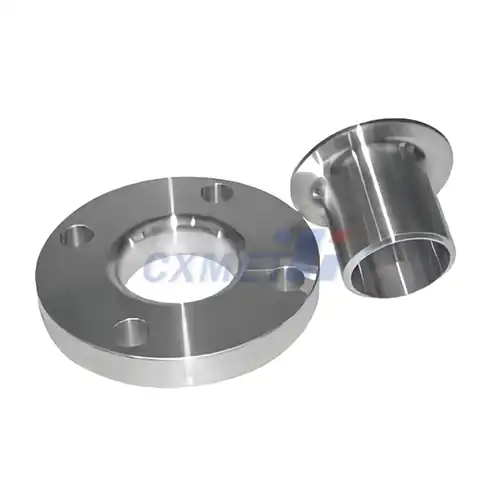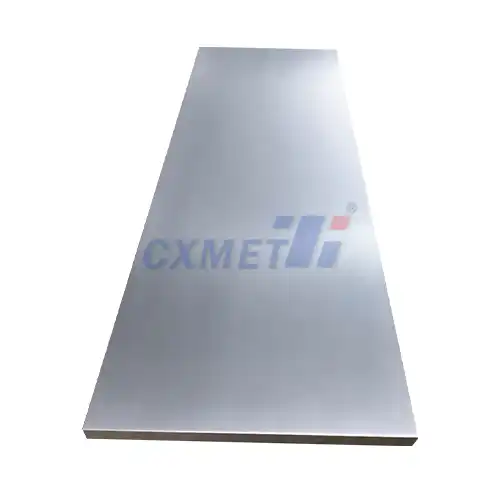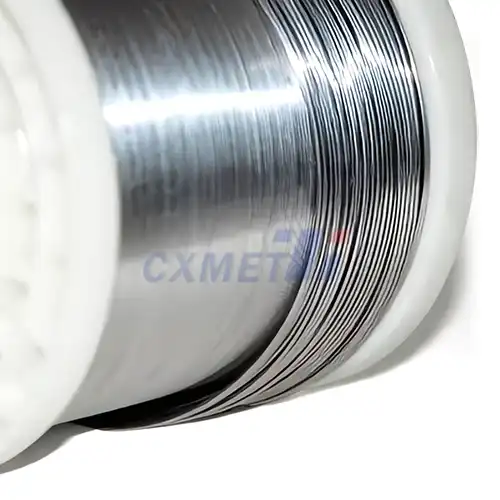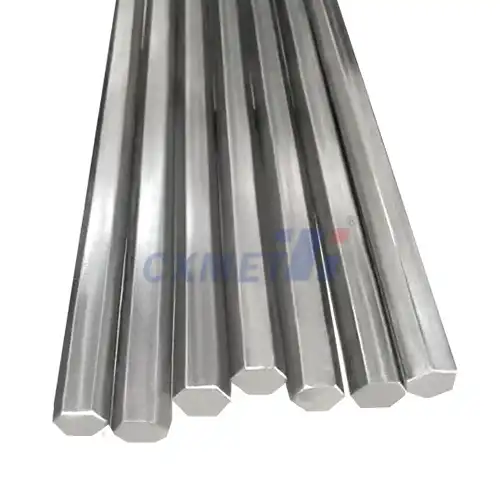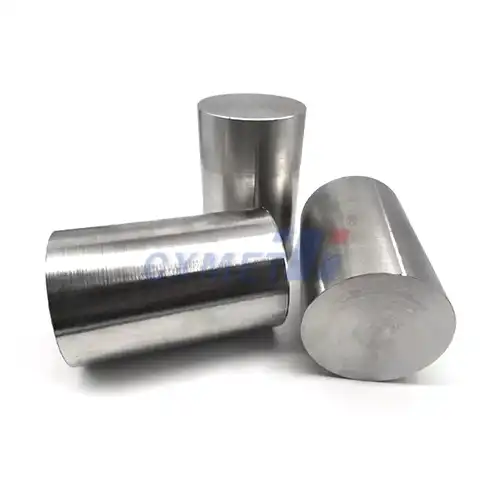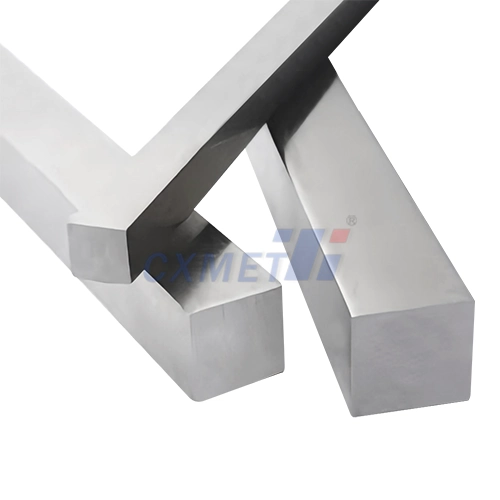- English
- French
- German
- Portuguese
- Spanish
- Russian
- Japanese
- Korean
- Arabic
- Greek
- German
- Turkish
- Italian
- Danish
- Romanian
- Indonesian
- Czech
- Afrikaans
- Swedish
- Polish
- Basque
- Catalan
- Esperanto
- Hindi
- Lao
- Albanian
- Amharic
- Armenian
- Azerbaijani
- Belarusian
- Bengali
- Bosnian
- Bulgarian
- Cebuano
- Chichewa
- Corsican
- Croatian
- Dutch
- Estonian
- Filipino
- Finnish
- Frisian
- Galician
- Georgian
- Gujarati
- Haitian
- Hausa
- Hawaiian
- Hebrew
- Hmong
- Hungarian
- Icelandic
- Igbo
- Javanese
- Kannada
- Kazakh
- Khmer
- Kurdish
- Kyrgyz
- Latin
- Latvian
- Lithuanian
- Luxembou..
- Macedonian
- Malagasy
- Malay
- Malayalam
- Maltese
- Maori
- Marathi
- Mongolian
- Burmese
- Nepali
- Norwegian
- Pashto
- Persian
- Punjabi
- Serbian
- Sesotho
- Sinhala
- Slovak
- Slovenian
- Somali
- Samoan
- Scots Gaelic
- Shona
- Sindhi
- Sundanese
- Swahili
- Tajik
- Tamil
- Telugu
- Thai
- Ukrainian
- Urdu
- Uzbek
- Vietnamese
- Welsh
- Xhosa
- Yiddish
- Yoruba
- Zulu
How Do You Prepare Titanium Alloy For 3D Printing?
2025-04-28 16:22:15
Preparing titanium alloy for 3D printing is a crucial step in ensuring high-quality, precise, and durable final products. This process involves several key stages, from selecting the right titanium alloy powder to optimizing the printing parameters. As 3D printing technology continues to advance, particularly in industries such as aerospace, medical devices, and automotive, understanding the intricacies of preparing titanium alloy becomes increasingly important for manufacturers and researchers alike.
|
|
|
What are the key steps in preparing titanium alloy powder for 3D printing?
The preparation of titanium alloy powder for 3D printing is a multi-step process that requires careful attention to detail and precision. The first step involves selecting the appropriate titanium alloy powder. Titanium alloys commonly used in 3D printing include Ti-6Al-4V, Ti-6Al-4V ELI, and Ti-5Al-5V-5Mo-3Cr. Each alloy has unique properties that make it suitable for specific applications, so choosing the right one is crucial.
Once the alloy is selected, the powder must be carefully sieved to ensure uniform particle size distribution. This step is critical because particle size directly affects the flow properties of the powder and the quality of the final printed part. Typically, particle sizes range from 15 to 45 microns for optimal results in most 3D printing processes.
After sieving, the powder undergoes a drying process to remove any moisture. Moisture can lead to defects in the final product and interfere with the laser sintering process. Drying is usually done in a vacuum oven at controlled temperatures to prevent oxidation of the titanium particles.
The next step involves characterizing the powder to ensure its quality and suitability for 3D printing. This includes analyzing the particle size distribution, flowability, and chemical composition. Advanced techniques such as scanning electron microscopy (SEM) and X-ray diffraction (XRD) are often used for this purpose.
Finally, the powder is loaded into the 3D printer's powder delivery system. This step requires careful handling to prevent contamination and ensure even distribution of the powder in the build chamber. Many advanced 3D printers have automated powder handling systems to minimize human interaction and reduce the risk of contamination.
Throughout the preparation process, it's crucial to maintain a clean, controlled environment to prevent contamination of the titanium alloy powder. Even small amounts of impurities can significantly affect the properties of the final printed part.
How do you optimize 3D printing parameters for titanium alloy?
Optimizing 3D printing parameters for titanium alloy is a complex process that requires a deep understanding of both the material properties and the printing technology. The goal is to achieve the best possible balance between print quality, mechanical properties, and production efficiency.
One of the most critical parameters in 3D printing titanium alloy is the laser power and scan speed. These two factors directly influence the energy density delivered to the powder bed, which in turn affects the melting and solidification behavior of the titanium alloy. Too little energy can result in incomplete melting and poor layer adhesion, while too much energy can lead to overheating, excessive evaporation, and the formation of undesirable microstructures.
Layer thickness is another crucial parameter that needs to be optimized. Thinner layers generally result in better surface finish and higher resolution but increase printing time. The optimal layer thickness depends on the specific titanium alloy being used and the desired properties of the final part.
The build orientation of the part also plays a significant role in the final product's quality and properties. Due to the layer-by-layer nature of 3D printing, parts can exhibit anisotropic properties, meaning their mechanical properties vary depending on the direction. Careful consideration of the build orientation can help minimize support structures, reduce residual stresses, and optimize the part's mechanical properties.
Another important aspect of parameter optimization is the control of the build chamber environment. Titanium is highly reactive with oxygen at high temperatures, so maintaining a low-oxygen environment is crucial. This is typically achieved by using an inert gas, such as argon, to flood the build chamber. The gas flow rate and pressure must be carefully controlled to ensure consistent print quality.
Post-processing heat treatments are often necessary to achieve the desired microstructure and mechanical properties in 3D printed titanium alloy parts. The parameters for these heat treatments, including temperature profiles and cooling rates, must be optimized based on the specific alloy and the intended application of the part.
It's worth noting that parameter optimization is often an iterative process. Advanced techniques such as in-situ monitoring and machine learning algorithms are increasingly being used to fine-tune printing parameters in real-time, leading to improved consistency and quality in 3D printed titanium alloy parts.
|
|
|
What are the common challenges in 3D printing titanium alloy and how to overcome them?
While 3D printing of titanium alloys offers numerous advantages, it also presents several challenges that need to be addressed to ensure successful outcomes. One of the primary challenges is the high reactivity of titanium with oxygen at elevated temperatures. This can lead to oxidation of the printed parts, resulting in poor mechanical properties and surface finish. To overcome this, manufacturers use high-purity inert gases like argon to create an oxygen-free environment in the build chamber. Advanced systems may also incorporate oxygen sensors to continuously monitor and control oxygen levels during the printing process.
Another significant challenge is the management of residual stresses that develop during the rapid heating and cooling cycles inherent to the 3D printing process. These stresses can cause warping, deformation, or even cracking of the printed parts. Strategies to mitigate this issue include optimizing the build orientation, using support structures, and implementing stress-relief heat treatments post-printing. Some advanced 3D printers also feature heated build platforms and controlled cooling systems to minimize thermal gradients and associated stresses.
The high cost of titanium alloy powder is another hurdle in the widespread adoption of 3D printing for titanium parts. To address this, manufacturers are developing more efficient powder recycling systems and exploring ways to reduce powder waste during the printing process. Additionally, research is ongoing to develop new titanium alloys specifically optimized for 3D printing, which could potentially lower costs and improve printability.
Achieving consistent part quality across different builds and machines is also a challenge in 3D printing titanium alloys. This is partly due to the sensitivity of the process to small variations in parameters and environmental conditions. To improve consistency, manufacturers are implementing advanced process monitoring and control systems. These may include real-time monitoring of melt pool dynamics, layer-by-layer inspection, and closed-loop control systems that can adjust printing parameters on the fly.
The formation of undesirable microstructures, such as columnar grains or martensitic phases, can also be a challenge in 3D printed titanium alloys. These microstructures can lead to anisotropic mechanical properties or brittleness. Researchers are addressing this through the development of novel scan strategies, such as beam shaping and pulsed laser modes, as well as tailored post-processing heat treatments to refine the microstructure.
Lastly, the surface finish of 3D printed titanium parts often requires improvement for many applications. The layer-by-layer nature of the process can result in a rough surface texture, known as the "staircase effect." Common approaches to enhance surface finish include optimizing print parameters for better surface quality, implementing post-processing techniques like shot peening or chemical etching, and developing hybrid manufacturing processes that combine 3D printing with traditional machining operations.
At SHAANXI CXMET TECHNOLOGY CO., LTD, we take pride in our extensive product range, which caters to diverse customer needs. Our company is equipped with outstanding production and processing capabilities, ensuring the high quality and precision of our products. We are committed to innovation and continuously strive to develop new products, keeping us at the forefront of our industry. With leading technological development capabilities, we are able to adapt and evolve in a rapidly changing market. Furthermore, we offer customized solutions to meet the specific requirements of our clients. If you are interested in our products or wish to learn more about the intricate details of our offerings, please do not hesitate to contact us at sales@cxmet.com. Our team is always ready to assist you.
|
|
|
References
- DebRoy, T., Wei, H. L., Zuback, J. S., Mukherjee, T., Elmer, J. W., Milewski, J. O., ... & Zhang, W. (2018). Additive manufacturing of metallic components – Process, structure and properties. Progress in Materials Science, 92, 112-224.
- Sing, S. L., An, J., Yeong, W. Y., & Wiria, F. E. (2016). Laser and electron‐beam powder‐bed additive manufacturing of metallic implants: A review on processes, materials and designs. Journal of Orthopaedic Research, 34(3), 369-385.
- Qian, M., Xu, W., Brandt, M., & Tang, H. P. (2016). Additive manufacturing and postprocessing of Ti-6Al-4V for superior mechanical properties. MRS Bulletin, 41(10), 775-784.
- Herzog, D., Seyda, V., Wycisk, E., & Emmelmann, C. (2016). Additive manufacturing of metals. Acta Materialia, 117, 371-392.
- Shipley, H., McDonnell, D., Culleton, M., Coull, R., Lupoi, R., O'Donnell, G., & Trimble, D. (2018). Optimisation of process parameters to address fundamental challenges during selective laser melting of Ti-6Al-4V: A review. International Journal of Machine Tools and Manufacture, 128, 1-20.
- Guo, N., & Leu, M. C. (2013). Additive manufacturing: technology, applications and research needs. Frontiers of Mechanical Engineering, 8(3), 215-243.
- Körner, C. (2016). Additive manufacturing of metallic components by selective electron beam melting—a review. International Materials Reviews, 61(5), 361-377.
- Khairallah, S. A., Anderson, A. T., Rubenchik, A., & King, W. E. (2016). Laser powder-bed fusion additive manufacturing: Physics of complex melt flow and formation mechanisms of pores, spatter, and denudation zones. Acta Materialia, 108, 36-45.
- Tofail, S. A., Koumoulos, E. P., Bandyopadhyay, A., Bose, S., O'Donoghue, L., & Charitidis, C. (2018). Additive manufacturing: scientific and technological challenges, market uptake and opportunities. Materials Today, 21(1), 22-37.
- Yan, M., & Yu, P. (2015). An Overview of Densification, Microstructure and Mechanical Property of Additively Manufactured Ti-6Al-4V—Comparison among Selective Laser Melting, Electron Beam Melting, Laser Metal Deposition and Selective Laser Sintering, and with Conventional Powder Metallurgy. In Sintering Techniques of Materials. IntechOpen.






